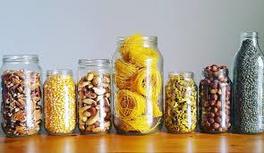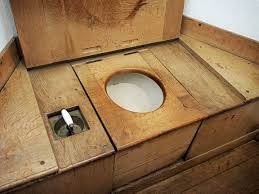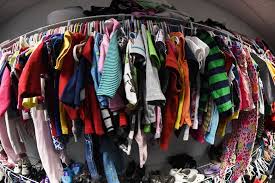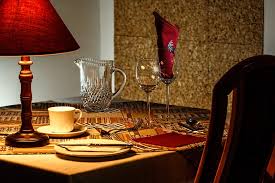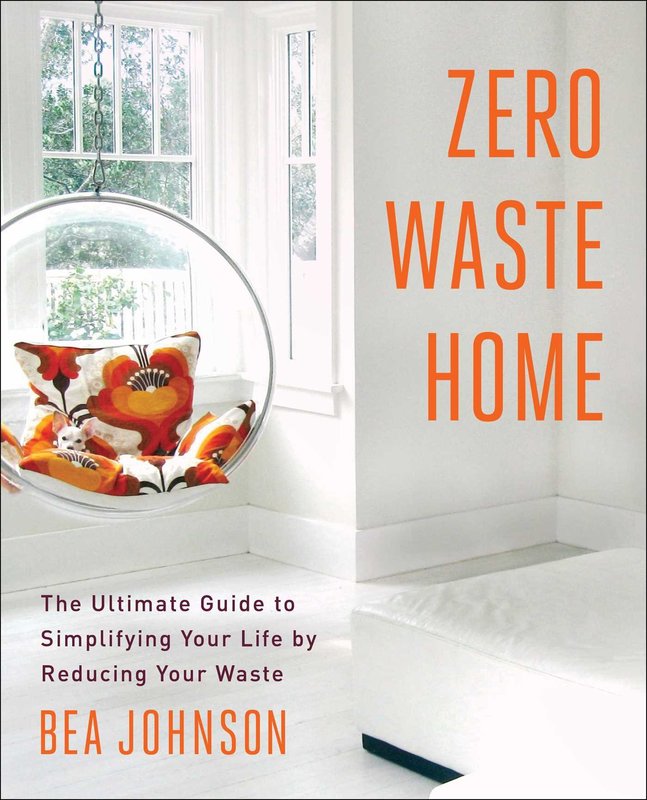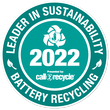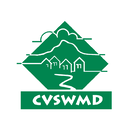Zero Waste Home Tips
|
|
How can you DO MORE than just being a recycling champion? Composting your food scraps already? There’s so much more that you can do to reduce the waste you produce - not only when making buying choices, but also in how you plan ahead and set up reusable systems in your home.
Follow this room-by-room guide to learn how you can aim towards zero waste! Check out Bea Johnson's video at left! (author of Zero Waste Home). |
Kitchen
Buying Groceries
|
Bathroom
Bedroom/Wardrobe
|
Living Room & Entertainment
Dining
|
